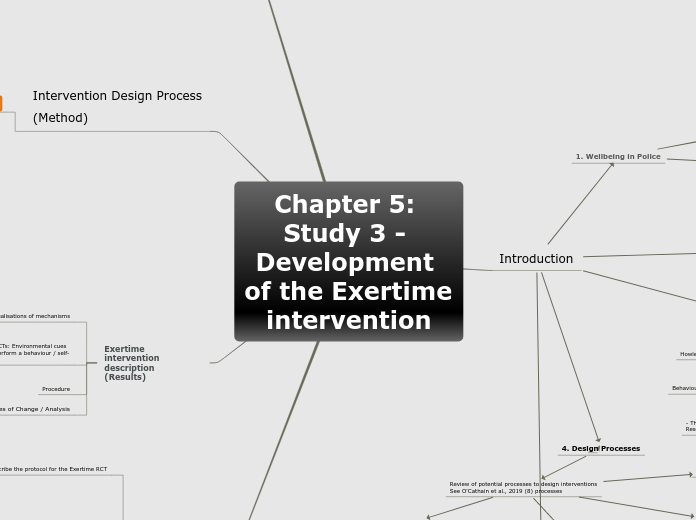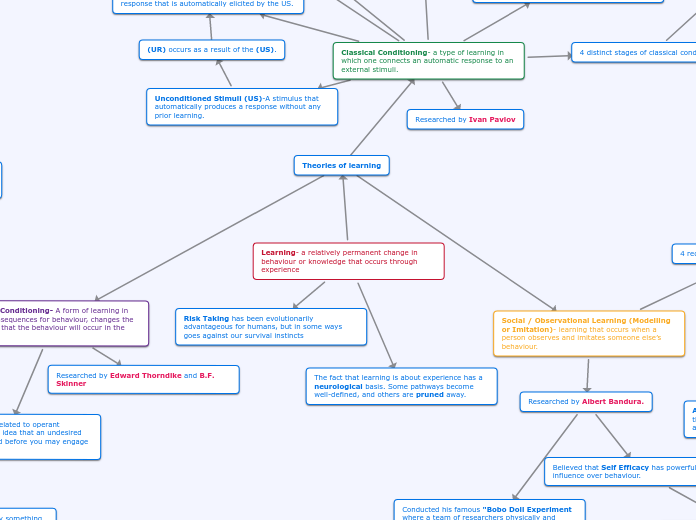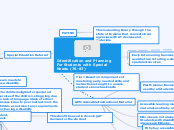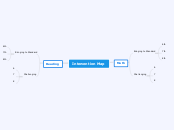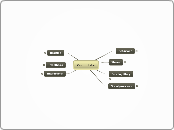Chapter 5: Study 3 - Development of the Exertime intervention
Protocol paper:
METHOD
Analysis
MAINTENANCE
IMPLEMENTATION
Treatment Fidelity Framework
ADOPTION
EFFICACY
2 x 2 x 2 Design so that know which mechanisms were effective
REACH
TABLE mapping BCTs and operationalisation
Designed using BCW and co-design desribed elsewhere
INTRO
Discussion prev lit all focused on decreased sitting
Using RE-AIM as process evaluation (not just efficacy important), and in line with other recommendations – see MacDonald et al., 2018. So can be compared and add to literature base.
Combined approach of theory-based co-design, and implementation based processes
AIM: To describe the protocol for the Exertime RCT
OBJ 3: To outline the use of the RE-AIM framework to evaluate the Exertime intervention
OBJ 2: To understand the value of behavioural regulation and social influence mechanisms in the Exertime intervention
OBJ 1: To use the TIDieR checklist to report the Exertime intervention and ensure high quality description
Exertime intervention description
(Results)
Measures of Change / Analysis
Procedure
Describe, operationalise and justify BCTs: Environmental cues and promps / instruction on how to perform a behaviour / self-monitoring / social support
Descriptive norms (Kim et al., 2017 PA; Preibe & Spink, 2011 SB)
Raising awareness - sitting invisible (Gardner et al., 2019)
Conceptualisations of mechanisms
Intervention Design Process
(Method)
The Behaviour Change Wheel
Double Diamond 2
DD Phase 3 DELIVER, DEVELOP, DELIVER [STAGE 4]
DEVELOP relationships with those assisting and DELIVER STAGE 4 = start with identifying SPOCs?
DELIVER sessions to supervisors
DD DEVELOP [STAGE 3]
Presented options for software to the steering group
Double Diamond 1
DD Phase 2 DISCOVER and DEFINE [STAGE 2]
Final intervention descrption
Feasibility of options through shift shadowing
I assessed feasbility through my own judgement? No progression criteria were applied, no one has checked the software actually fits with funcitonality of critical computer systems...
BCW = DD Phase 1 DISCOVER and DEFINE [STAGE 1]
STEP 3: Identify content (Behaviour change techniques) and implementation options
Identify mode of delivery
Discuss with supervisors
Present options to steering group, with consideration of criteria
STEP 2: Identify intervention options
Policy categories
Identify what you want intervention to do: Modelling and Environmental restructuring. APEASE criteria
STEP 1: COM-B: Understand the behaviour
Identify what needs to be changed
TDF optional step
Specify target behaviour by discussing / justifying focus with supervisory team
Select target behaviour
Defining the problem
Discussion
Chapter 6??
Changing personnel (6 month role rotation?)
Covid-19 section
Personal reflection
Context completely changed (social norms as influential now?)
Things the intervention couldnt do, but would have
Objective measures - blood pressure, activPAL...
No face to face suppot or training session
Lost some BCTs (1.9, 4.1, 8.1)
Reflections BCW / DD / My process
BCW could benefit from some iterations - whole 2nd DD
Introduction
4. Design Processes
Review of potential processes to design interventions
See O'Cathain et al., 2019 (8) processes
Combined approach (8)
Needs to be formal?
Implementation based (4) RE-AIM
MacDoanld et al., 2018 systematic review.
Reach and efficacy most reported.
Implementation reporting mixed.
Low adoption and maintenance reported
Theory driven (3)
Other frameworks or theroeis that could have been used
MRC
Intervention mapping
(see concepts Golden Hours v0)
BCW
+ Widely used, BCTs comparable
- Need to make MoA & causal pathways clear
- Final decision with researcher
Koykka et al., 2019
(Action planning - habits)
+ Multiple theories - BCW, TPB, IM
+ Paid attention to context (teachers)
Descriptions of co-design principles office setting
Efficiency based (5) Stand Up Victoria
Hadgraft et al., 2016 Qual
Hadgraft et al., 2017 RCT
-> Need to understand interpersonal infl
-> Bryne et al., 2020 need context to advance field
Miller et al., 2019 review
Dunstan et al., 2013 Protocol
- Measures
Neuhaus et al., 2014
+ Iterative development
+ Multi-level, multi-component
-> Bryne et al., 2020 need causal pathways
MoA (Carey et al., 2018), need to isolate BCT effects (Hagger et al., 2020)
Double Diamond (1 - Partnership)
Target population-centred (2) Participatory
SMArT Work
Edwardson et al., 2018 RCT
+ Effective long-term
- Support measure broad
Munir et al., 2015 Protocol
+ Systematic BCW
+ Support through researcher
How as important as what!
e.g., Hardcastle et al., 2017
5. Aim and Objectives of the chapter
O'Cathain et al., 2019:
Development = whole process of int developmet
Design = Point in process where developers decide content, format, delivery
AIM: To develop and design an intervention to address low physical activity in two British police forces
OBJ 3: To plan for change (HNA Step 3)
OBJ 2: To use the Behaviour Change Wheel to design a theory-based intervention that reduces sitting time amongst police control room workers
OBJ 1: To use a co-design approach to develop a solution to prolonged sitting in the police control room context
3. Theoretical underpinning
SDT (Kinnafick / Thorgersen-Ntoumani papers)
Howlett et al., 2020 COM-B and TPB predictive validity
Habit strength
Behavioural regulation, Social influences
- Theory is only one approach
Research lending from PA?
1. Wellbeing in Police
Non-operational staff e.g., control room overlooked
Highlighting the issue: PA and Sedentary behaviour
Impacts on wellbeing
Impacts on health
2. Worksite interventions to increase PA and decrease sitting
Exertime = in police context
But dont which department in police!
Cooley et al., (2014)
+ Qualitative follow-up
Quite a few qual studies:
Dewitt et al., 2019 (need org support)
Mainsbridge et al., (2020)
+ Exertime Tasmanian Police
+ Mood (POMS-SF Vigor and Fatigue) N.S., Stress (PSQ-Op&Org) Org decreased.
+ 13 week post-test, 26 week washout
- PSQ-Op?
- Small sample
- Lack theoretical underpinning needed e.g. BCW
Pedersen et al., (2013)
Mainsbridge et al., (2014)
+ Blood pressure, calories
- No follow up
Stephenson et al., 2017 most freq:
Prompts and cues
Self-monitoring
Social support (unspecified)
Goal setting (beh)
-> Need improved reporting
Shrestha et al., 2018 Cochrane review
->Sit-stand desks not effective
